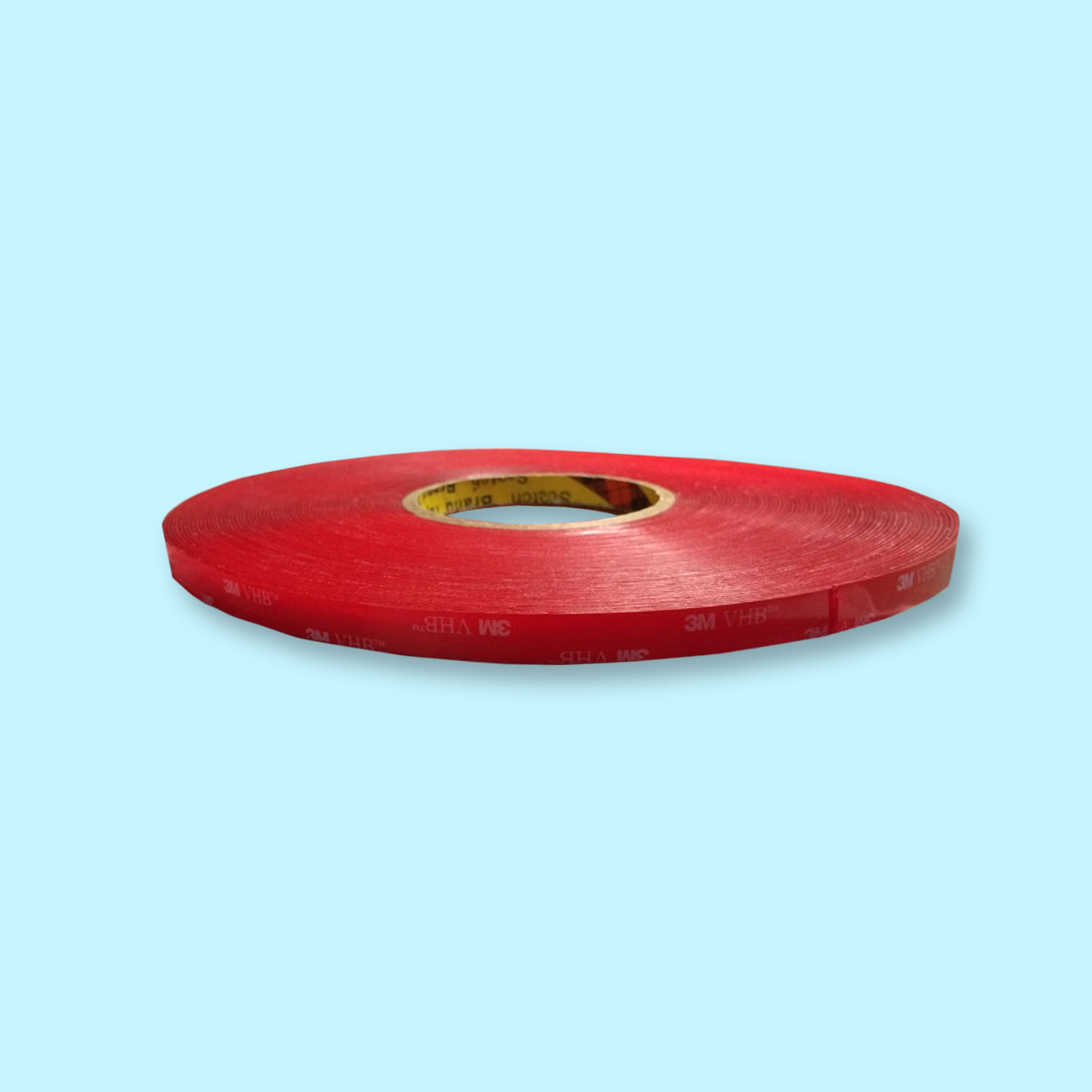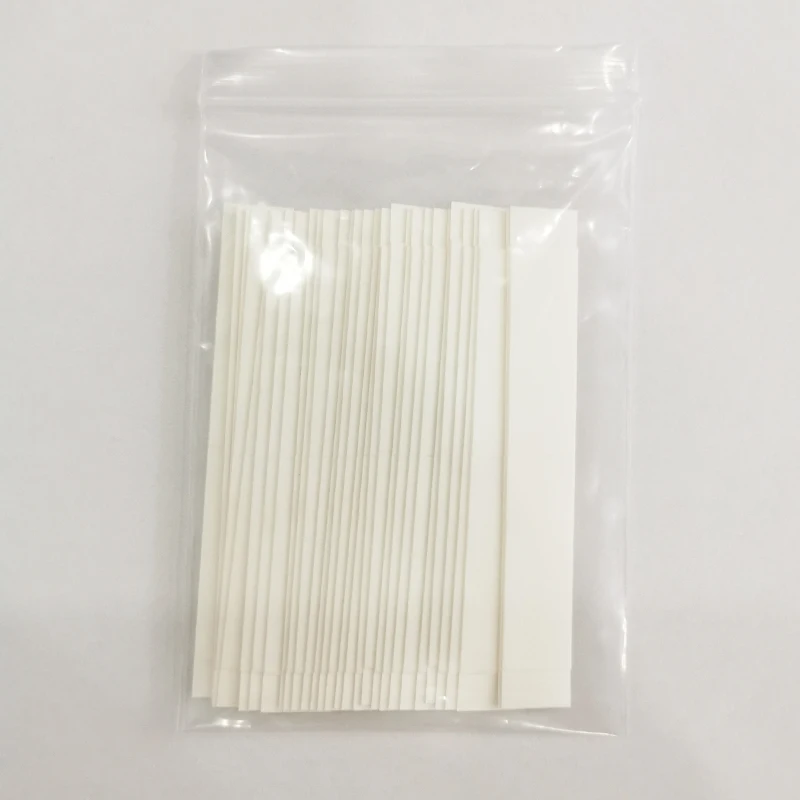

If a fever persists or your horse’s temperature continues to increase, it’s a warning sign. Instead, they may recommend taking your horse’s temperature for a few days. For example, if your horse’s temperature is only one or two degrees higher and they’re eating and drinking normally, your veterinarian may not opt for a treatment.
DOUBLE SIDED MEDICAL TAPE HOW TO
How to respond: How your horse feels influences the next steps. Typically, they’ll also act dull and depressed and may exhibit droopy eyelids or helicopter ears. When a horse has a fever, they can have an increased respiratory and/or heart rate, go off-feed and water, and have patchy areas of sweat over their neck or flanks. What to look for: A fever may indicate a localized or systemic infection. A prolonged increase in temperature or a reading that’s more than a few degrees above average can suggest an issue. Exercise, especially in excessive heat and humidity, is likely to raise any horse’s temperature, but healthy horses quickly return to normal levels after a period of rest. FeverĪ horse’s normal temperature varies, but an acceptable range is generally between 99.0–101.5 degrees Fahrenheit. Finally, if a foreign object (e.g., a nail or piece of wood) is present, keep the horse still and calm and don’t remove it until your veterinarian arrives. Giving the wrong type, dosage or duration might create secondary side effects. Avoid applying antibiotic sprays or ointments without prior veterinary approval.Īlways ask for advice before administering medication. It is recommended to wear clean, disposable gloves during wound care.
DOUBLE SIDED MEDICAL TAPE SKIN
Sometimes a small puncture wound with minimal bleeding at a joint or a nail sticking out of the bottom of a hoof can be more severe with a worse prognosis than a large flap of bleeding skin hanging off the chest region. Assess the location and severity of the wound.In other cases, active bleeding or dried blood may be readily apparent.
DOUBLE SIDED MEDICAL TAPE PATCH
In some cases, a scrape, patch of missing hair or puncture wound may be the only sign of an injury.

What to look for: An injury with associated swelling and pain when touched as well as severe or non-weight-bearing lameness in one of the legs. Pro-Tip: Walk around your horse’s stall, paddock and the pasture areas regularly to look for potential hazards that may cause injuries. Horses turned out in a herd can also be injured while kicking and playing. The edges of a water bucket handle and double-sided clips can also tear eyelids and nostrils. Most often, a wound or laceration emergency is due to a protruding object piercing a horse’s sensitive skin or a horse stepping on a sharp object such as a nail. Also, their legs have very little soft tissue covering for protection, so lower limb wounds can potentially infect a joint or tendon sheath, which could be life-threatening. Horses are curious, and they seem to quickly find any and all sharp objects in a stall or pasture.

They will offer guidance on next steps, which may include: When your intuition tells you something is wrong, call your veterinarian right away to explain what you’re seeing. How to respond: You know your horse’s every move and can detect even the most subtle change in their behavior.


 0 kommentar(er)
0 kommentar(er)
